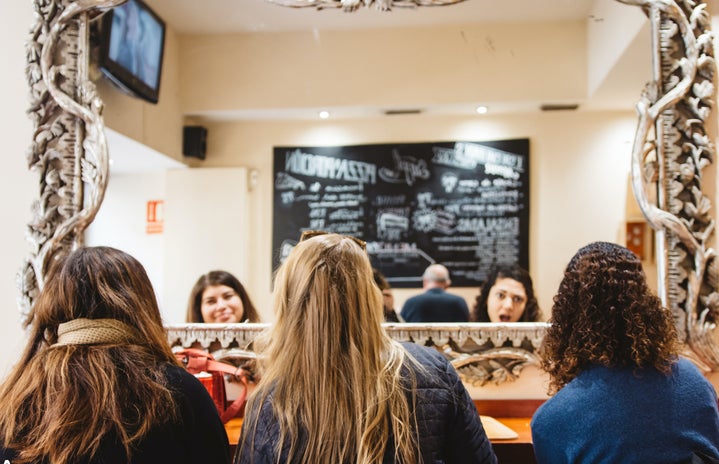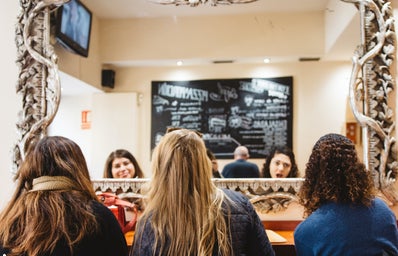As a Politics, Philosophy and Economics major (PPE), I have had the opportunity to learn about the world from various profound perspectives. As an undergraduate student at Northeastern, I have had the good fortune to hear, participate, and learn from distinguished and scholarly individuals who are making positive changes in the world—one of these people being Patrica Williams.
There is no doubt that Northeastern is honored and eager to welcome Williams to the Northeastern community. As dean of the College of Social Sciences and Humanities Uta Poiger put it, “I have never heard ahhhs from so many corners of the room.” Her words showed how much of an impact Williams’ ideas and words have had on all of us. In her career as an American legal scholar and developer in both literature and law of critical race theory movements, she has published books in the complex areas of gender, race, law, and literature.
“I am worried that…” is a phrase I noticed Williams use repeatedly throughout her talk, and for good reason.
Lawyers often focus on words and logic, but perhaps there should be a larger focus on images. Williams believes that it is important for lawyers to learn the language of photos largely because images have a lot to say. As the saying goes, “A picture is worth a thousand words.” She describes this situation as being similar to the Stroop effect: the word yellow being written in the color blue. We read that it states yellow, but our brains may register blue because of the visual. Thus, it is safe to say, words do not have much power in a world of visuals. There are two examples Williams uses to prove this:
-
Trump is no stranger to Wrestle Mania. The public was exposed to a video of Trump taking down Vince McMahon in a victorious manner. This is similar to the boasting we see from him today through speech, body language, and tweets. During the video, his actions present themselves in an unserious matter. Many see the same actions today and think he is acting in the same playful way when in reality the situation is certainly not a joke.
-
Trump is known to make very notable hand gestures. There is one in particular he made while talking about the loyalty of his voters at a campaign rally in Iowa. With one hand he makes a finger gun and says, “I could shoot somebody in the middle of Fifth Avenue and wouldn’t lose any voters, okay?” This statement William mentions is similar to the Uncle Sam “I Want You” poster. Now our mind can wander to make a connection between the two choices put on the table: either “joining Trump’s army” or “getting shot in the middle of Fifth Avenue”.
These two examples clearly narrate a sense of apprehension in our politics today. Trump surely gives a boundless amount of material for the media to display and for us to interpret, but it is not the first time images have taken our minds for a run.
Williams recognizes examples in two campaigns: Obama and McCain. Obama’s name is written in the same font as Chanel, while McCain’s is written in the same font as “Jimmy Dean Pork Sausage.” The font connection to these brands has the ability to target specific groups. For example, people with a higher social and economic status might be drawn to the font used for Obama as it is familiar to them. The McCain font might draw in a certain age group that is familiar with the sausage brand or even Jimmy Dean, the singer himself.
Williams’ lecture did not take the fear out of politics as much as it showed how much fear there truly is. She showed the rawness and importance of imagery in today’s media, politics, and conversations. She explained that what she has is not an answer, but rather something along the lines of a conspiracy theory. I agree that there is no solitary or uniform answer, but simply a handful of puzzle pieces. We may not be able to piece them together, but we must lay them out to at least start making sense of the bigger image. With the whirlwind of demands and decisions in today’s politics, there is no way of knowing what the future holds. Not only should lawyers learn to work the way of imagery, but as the receivers, we should dissect the marketing and meaning behind our politicians. We must try our best to decode the news and share messages. Williams’ goal is to create conversation, spread awareness, and educate the public on the premeditation in politics that we may be missing because our thoughts are immediately provoked by the first thing our eyes see. She does exactly this with her previous books and lectures and will continue to with her future works.


